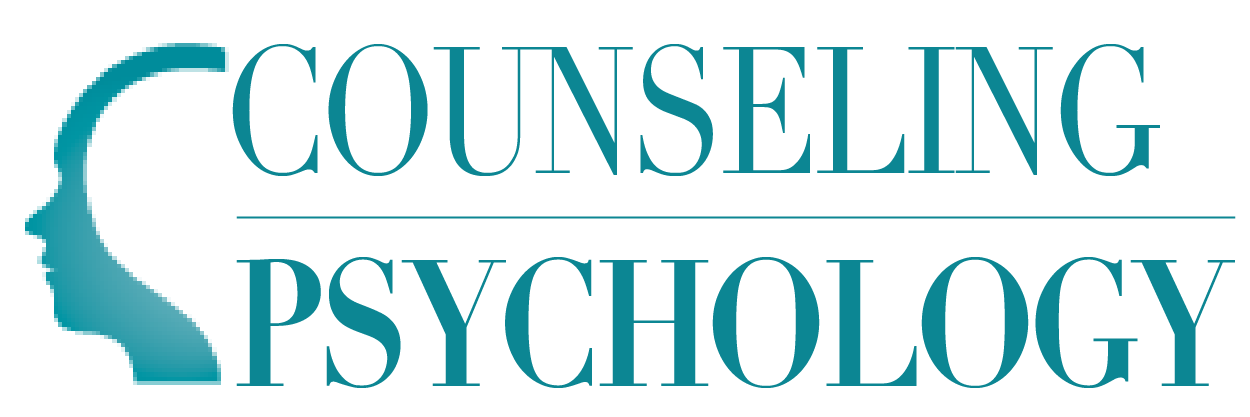Art Therapist

Art therapy is a unique and rewarding therapy profession that combines the healing power of art with therapeutic techniques to help individuals cope with emotional, psychological, and physical challenges. If you have a passion for art and a desire to make a positive impact on people’s lives, a career as an art therapist might be the perfect fit for you. In this guide, we’ll walk you through the essential steps to becoming an art therapist, from education and licensing to finding the right job and understanding salary expectations.
Step 1: Complete an Art Therapy Degree
The first crucial step on your journey to becoming an art therapist is to obtain the necessary education. A solid foundation in art therapy theory, techniques, and ethical considerations is essential for success in this field. A master’s degree is typically required to become an art therapist, but there are various educational paths you can take to get there, depending on your starting point and career goals.
- Associate's Degree: While an associate’s degree alone may not qualify you as a licensed art therapist, it can serve as a starting point. Many individuals begin their academic journey by pursuing an associate’s degree in art or a related field. This provides a foundational understanding of art principles, which can be beneficial when transitioning to more advanced studies.
- Bachelor's Degree: To qualify for most art therapy graduate programs, you will need a bachelor’s degree in a related field, such as a bachelor’s in psychology or bachelor’s in counseling. During your undergraduate studies, focus on courses that cover psychology, human development, and art therapy fundamentals. Building a strong academic background will set the stage for more specialized studies at the graduate level.
- Master's Degree: A master’s degree in art therapy is typically the minimum requirement for becoming a licensed art therapist. These may take the form of a master’s in counseling or a master’s in psychology with an art therapy concentration. Graduate programs in art therapy delve deeper into the theoretical and practical aspects of the discipline. You will likely engage in hands-on experiences, clinical practicums, and research projects. Look for programs accredited by the American Art Therapy Association (AATA) to ensure they meet industry standards.
- Graduate Certificate: For those who already hold a master’s degree in a related field, a graduate certificate in art therapy can be pursued to gain the necessary skills and knowledge specific to the practice of art therapy. This option allows individuals to transition into the field without completing an entire master’s program.
- Doctorate Degree: For those seeking advanced roles in academia, research, or clinical practice, a doctoral degree in art therapy or a related field may be the next step. While a master’s degree is sufficient for licensure and practice in most settings, a doctorate in counseling or a Ph.D. in psychology or psychology Psy.D. can open doors to leadership positions, advanced clinical roles, and opportunities to contribute to the field through research and scholarship.
Step 2: Become Licensed and Credentialed as an Art Therapist
After completing your education, the next crucial step is to become a licensed art therapist. Licensing requirements vary by state, so it’s important to familiarize yourself with the specific regulations in the location where you plan to practice. Find out more about licensing and title protection here. Professional art therapy licensing is designated in several states under the following titles:
- Connecticut – Clinical Licensed Art Therapist
- Delaware – Licensed Professional Art Therapist and Licensed Associate Art Therapist
- District of Columbia – Licensed Professional Art Therapist
- New Jersey – Licensed Professional Art Therapist
- New Mexico – Licensed Professional Art Therapist
- Kentucky – Licensed Professional Art Therapist
- Mississippi – Licensed Professional Art Therapist
- Maryland – Licensed Clinical Professional Art Therapist
- New York – Art Therapy included in the Creative Arts Therapist License
- Oregon – Licensed Art Therapist and Licensed Certified Art Therapist
- Pennsylvania – Art Therapy as a Related Field for the Professional Counselor License
- Tennessee – Licensed Professional Art Therapist
- Texas – Licensed Professional Counselor with Specialty Designation in Art Therapy
- Utah – Associate Clinical Mental Health Counselor License
- Virginia – Licensed Art Therapist
- Wisconsin – Registered Art Therapist with a License to Practice Psychotherapy
In addition to this, the Art Therapy Credentials Board, alongside the American Art Therapy Association, designates the following art therapy credentials:
- Provisional Registered Art Therapist (ATR-Provisional or ATR-P) – this credential is an option for those who have completed their art therapy degree requirements and are working toward a full Registered Art Therapist (ATR) credential under supervision. Renewals are annual.
- Registered Art Therapist (ATR) – this credential can be awarded to those who have completed graduate education requirements in art therapy and supervised field experience. Renewals are annual.
- Registered Art Therapist with Board Certification (ATR-BC) – this is for those who have completed the highest level art therapy credential and passed a national examination. It must be renewed annually, and recertification is due every five years.
- Art Therapy Credentialed Supervisor (ATCS) – this designation is for experienced art therapists with an ATR-BC credential who have completed training and wish to provide clinical supervision.
Internship/Practicum Experience
Gaining hands-on experience through internships and practicum experiences is a mandatory component of most art therapy programs. These experiences provide opportunities to apply theoretical knowledge in real-world settings, working with diverse populations under the supervision of experienced professionals. Students are required to fulfill a minimum of 100 hours of supervised practicum and undergo a supervised art therapy clinical internship totaling 600 hours. Additionally, prospective art therapists must undergo preparatory training at a prerequisite level, focusing on studio art methods encompassing a range of two- and three-dimensional art media and processes.
Examination
Many states require aspiring art therapists to pass a licensing examination. The Art Therapy Credentials Board (ATCB) offers the national examination as a standardized measure of competence for those who wish to become board-certified art therapists (ATR-BC). Successfully passing this exam demonstrates your understanding of ethical standards, clinical skills, and the ability to apply art therapy principles in practice.
State Requirements
Each state has its own licensing board with specific requirements for art therapists. These requirements may include a combination of education, supervised clinical experience, and successful completion of the licensing exam. It’s crucial to research and adhere to the regulations set by the licensing board in the state where you plan to practice.
Step 3: Apply for an Art Therapy Job
With your education and licensure in hand, you are now ready to embark on a fulfilling career as an art therapist. The demand for qualified art therapists continues to grow as more people recognize the therapeutic benefits of art-making. Let’s explore the job outlook for art therapists and the diverse career paths available.
What Careers Can I Pursue With an Art Therapy Degree?
- Clinical Art Therapist: Work in hospitals, clinics, or private practices, providing one-on-one or group therapy sessions.
- School Art Therapist: Collaborate with educators to support students’ emotional and mental well-being in an educational setting.
- Community Art Therapist: Engage with community organizations to address specific needs, such as working with veterans, survivors of trauma, or individuals with developmental disabilities.
- Rehabilitation Art Therapist: Assist individuals recovering from illness, injury, or addiction in rehabilitation centers.
- Geriatric Art Therapist: Focus on the elderly population, addressing issues related to aging, memory loss or Alzheimer’s, and end-of-life care.
Where Can I Work With an Art Therapy Degree?
- Hospitals and Clinics
- Schools and Educational Institutions
- Community Centers
- Rehabilitation Facilities
- Private Practices
- Nonprofit Organizations
- Correctional Facilities
- Senior Living Communities
Step 4: Learn About Art Therapist Salaries
Art therapists can expect competitive salaries, with earnings influenced by factors such as experience, location, and work setting. According to the U.S. Bureau of Labor Statistics, the median annual wage for mental health counselors, including art therapists, was $60,800 as of May 2022. However, specific salary figures for art therapists may vary.
Art therapists employed in educational services, such as schools and colleges, earned a mean annual wage of $77,710, while those working in hospitals earned a mean annual wage of $62,000. Private practitioners may have variable incomes depending on the number of clients they serve and their fee structures.
It’s essential to research salary expectations in your specific geographic area and industry to make informed decisions about your career path. Additionally, consider networking with experienced art therapists and joining professional organizations like the American Art Therapy Association (AATA) to stay updated on industry trends and salary benchmarks.








